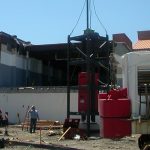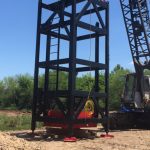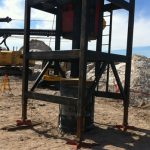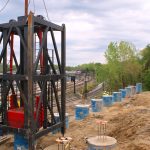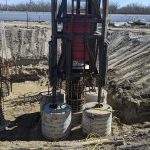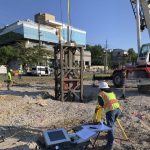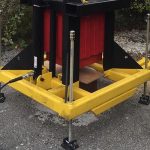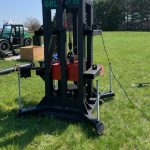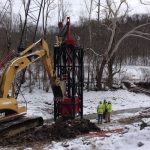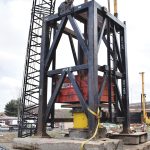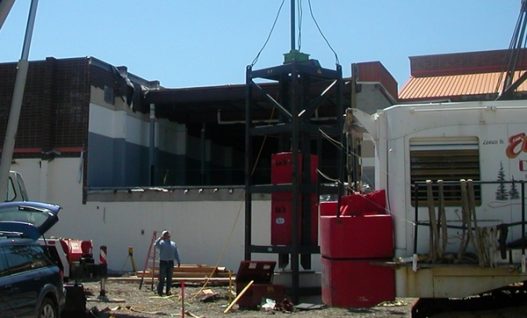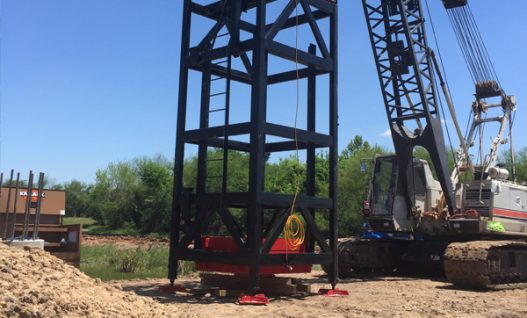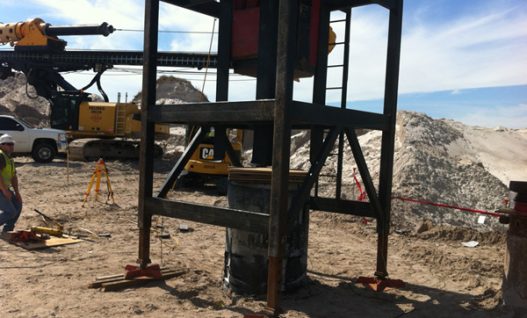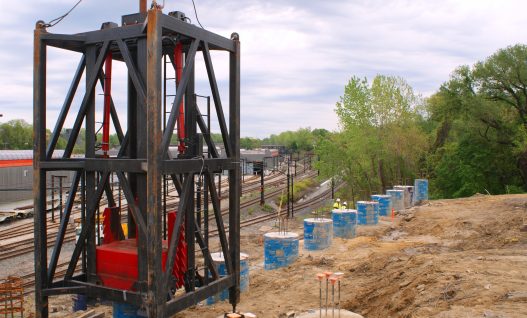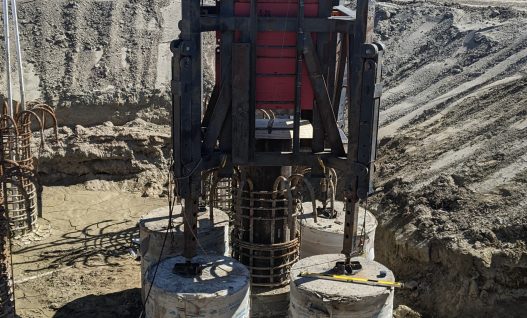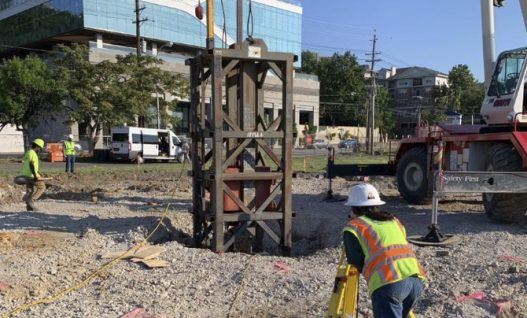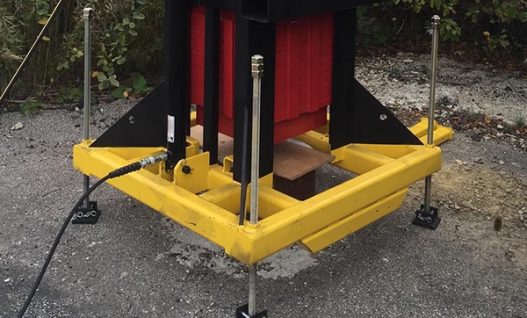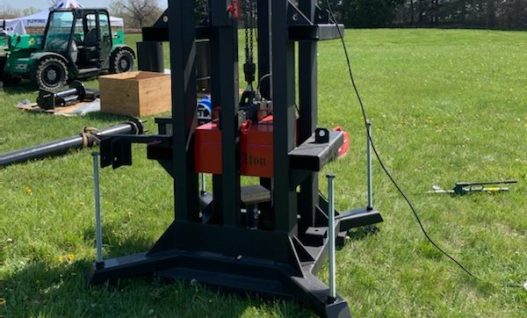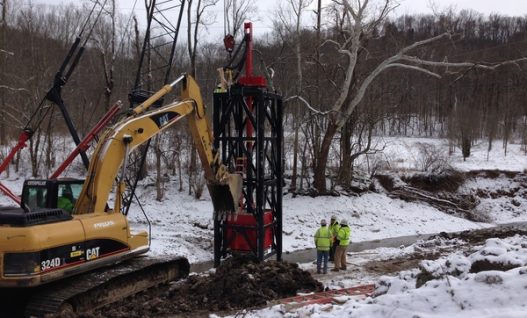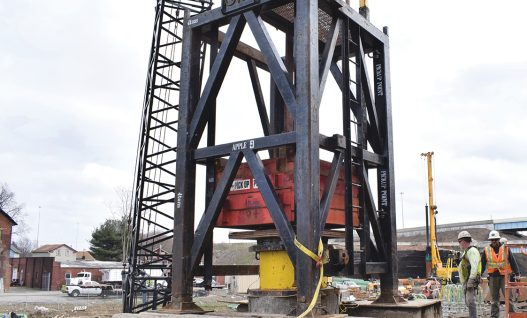APPLE Load Test Systems
APPLE Load Testing Systems are available with a range of modular weights from 1 to 80 tons
APPLE systems are an attractive alternative to static testing of any deep foundation and are designed to activate a large range of test loads. When a suitable ram is not immediately available at the testing location, GRL chooses from its family of APPLE load testing systems that can be configured for a wide range of weights. APPLE systems may be delivered to projects anywhere in the continental USA.
- APPLE I – modular weights from 7 & 15 tons
- APPLE II – modular weights from 4 to 20 tons
- APPLE III – modular weights from 7 & 15 tons
- APPLE IV – modular weights from 4 to 40 tons
- APPLE V – modular weights from 8 to 16 tons
- APPLE V 2G – modular weights from 8 to 20 tons
- APPLE VI – Single ram 4.5 tons
- APPLE VII – 1 ton RAM, built for helical and other small piles
- APPLE VII 2G – 1 to 2 ton RAM
- APPLE VIII – modular weights from 4 to 80 tons
- APPLE IX – modular weights from 4 to 24 tons
APPLE systems include a guide frame, a modular ram and a release mechanism. The rams of some APPLE systems may be instrumented, or a load cell may be used to simplify measurements of force.
A contractor assembles the APPLE in a relatively short time and can easily move it from shaft to shaft. The APPLE guide frame not only facilitates a well-aligned ram impact, but also serves to support the ram weight prior to impact. In this way, the crane is not subjected to a sudden load release. The guide frame is positioned over the foundation and evenly supported on the ground. After the drop weight is raised to the desired drop height, a hydraulic clamp first transfers the load to the frame and then releases it, causing a free ram fall. The ram impacts the top of the foundation, generating the forces and velocities required for the Dynamic Load Test.
Accelerometers and strain transducers attached to the foundation measure force and velocity as the drop weight hits it. Instead of strain transducers, GRL may also use a force transducer, which speeds up the test. GRL analyzes data in real time with the Pile Driving Analyzer® (PDA) dynamic testing system. Data is further analyzed with the CAPWAP® software. GRL engineers furnish a detailed report for each Dynamic Load Testing project that includes a simulated static load test in the form of a calculated load-set curve.
Dynamic Load Tests are standardized by ASTM D4945 Standard Test Method for High-Strain Dynamic Testing of Piles, provided an adequate ram is available. The test may also be configured to meet the requirements of Force Pulse Testing per ASTM D7383, which may also be referred as RLT (Rapid Load Testing).

